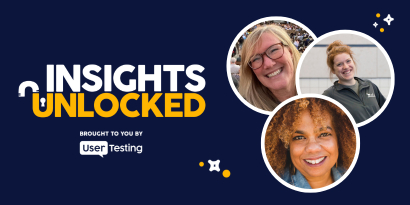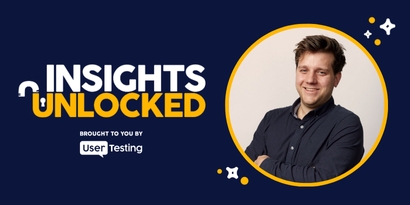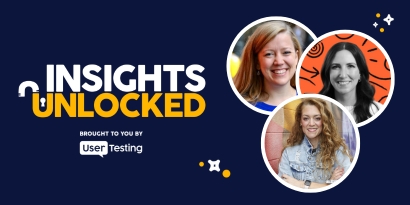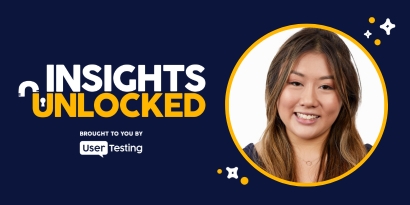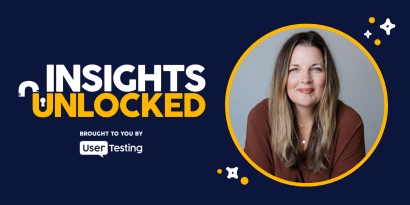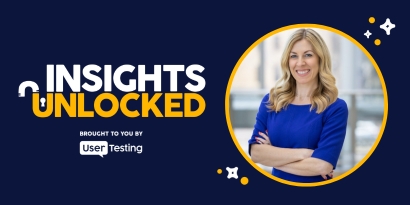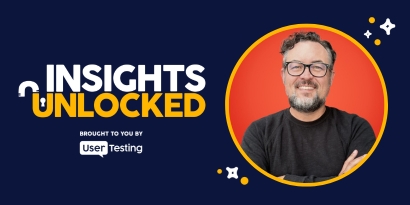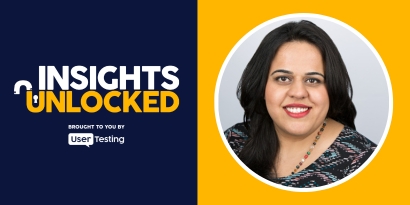
Episode 101 | November 20, 2023
A 2-step matrix for making customer insights more actionable
In this week’s Insights Unlocked, we chat with Aline Thomé, a senior UX/UI designer at Raiffeisen Bank International about the challenges she faced introducing UX research to a large and established international organization, highlighting the importance of resilience.
A 2-step matrix for making customer insights more actionable
As a veteran UX designer, Aline Thomé has learned an important lesson about sharing user insights with her colleagues.
“If I tell them we need to change everything, it won’t get done,” she says, laughing. “I’ve found that it is very important to have realistic suggestions that can be implemented.”
In this week’s Insights Unlocked, we chat with Aline, a senior UX/UI designer at Raiffeisen Bank International about the challenges she faced introducing UX research to a large and established international organization, highlighting the importance of resilience.
The Austrian banking group operates 13 subsidiary banks in Central and Eastern Europe and serves 16.3 million customers through more than 2,100 business outlets.
Aline has been there just over two years, but has been a UX designer since 2009. She quips that her relationship with her profession “is my most stable relationship.”
“I love it, I love design. I went into this field because I love challenges and I love problem solving,” she said. “And what I really love about it is that you can make a true impact in people’s lives. We are using websites, we are using apps all the time. And we have the power to make them better, to make them more intuitive, to make them more accessible.”
She’s developed a two-step matrix for helping her share user insights throughout the organization in a way that makes them more actionable.
The first step is to assess how critical a finding or issue discovered in the user feedback truly is. Mark it green if it is not too bad; yellow if it is medium; and red if it is really critical.
The second step is to assess how much effort will be required to fix the problem. “I usually put small, medium, large and extra large,” Aline said.
For example, if you see something is red, but the effort is small then let’s tackle it right away. If a finding is green and requires a large effort, addressing it can be pushed out.
“This is a game changer because you can identify quick wins very easily,” she said. “And the stakeholders also appreciate it because it helps set priorities.”
